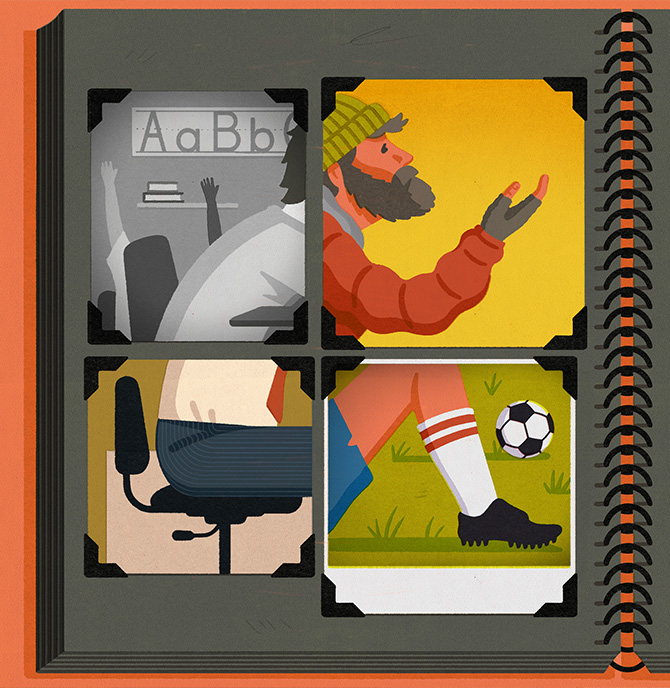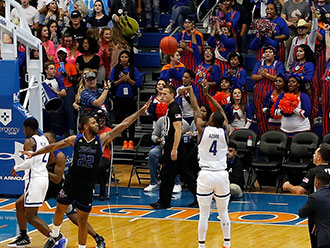By Hannah Lebovits, Assistant Professor
of public affairs in the College of Architecture, Planning, and Public Affairs
ON Sept. 11, 2021, Lonnie Lewis was remembered by his family and friends at a small ceremony. His online tribute wall, a page on a local funeral home’s website, revealed a man who was deeply loved and missed even before he died on the streets.
“I’m sorry we weren’t in touch after Dot’s passing all those years ago,” one relative wrote. “I assumed you were continuing on with life just as we all were. I had no idea the things you were going through.” Another recalled, “In my early years this man taught me everything. I wanted to do everything he did.” Friends posted their own messages, sharing his light with the world. “We are missing him BAD!!” one exclaimed.
On the streets of Dallas, Lonnie’s life was shaped by his publicness. As an unhoused resident, he was constantly monitored by public safety personnel, nonprofit workers, and individuals in the Deep Ellum area. But his death illustrates the fact that unhoused individuals are both constantly watched and often ignored.
According to witnesses and a Dallas Police Department report, Lonnie’s death began at around 2:45 a.m., when he was hit by a bullet that ricocheted off of a bridge after being shot into the air. He needed immediate medical attention, but no one responded to the shooting for six hours. When police arrived at 8:45 a.m., Lonnie was found dead.
Local Dallas news outlets reported on the shooting with a short description of “murder at a homeless encampment,” and the contact information for the Dallas Police Department. There was no mention of the eyewitness accounts or the timing of the shooting. To be murdered on the streets and reduced to “a death at an encampment” is an injustice, and oral histories can challenge and resolve this harm.
This is what drives my work to collect personal life histories of those who have experienced homelessness in the Dallas-Fort Worth area. Firsthand accounts of life before, during, and after homelessness can significantly impact our understanding of the condition.
Every unhoused person is someone’s child. Many still have living family members, children, and close friends. Their lives include employment histories, historical knowledge of the places they’ve lived in, exciting adventures, insights into why homelessness occurs, and moments of joy, even in the most depressing places. Though it might appear that my research is about homelessness, it’s really about testimonial justice—understanding who controls narratives, which words are believed, and how we can rectify historic and contemporary marginalization through personal storytelling.
About the Author

Hannah Lebovits is in her second year as an assistant professor of public affairs in the College of Architecture, Planning, and Public Affairs. Dr. Lebovits has experience in the public and nonprofit sectors, and immediately before coming to UTA, she worked as an independent journalist and writer for various media outlets while completing her PhD at Cleveland State University. She was born and raised in Pittsburgh, Pennsylvania, and currently lives in Dallas with her husband and two children.



